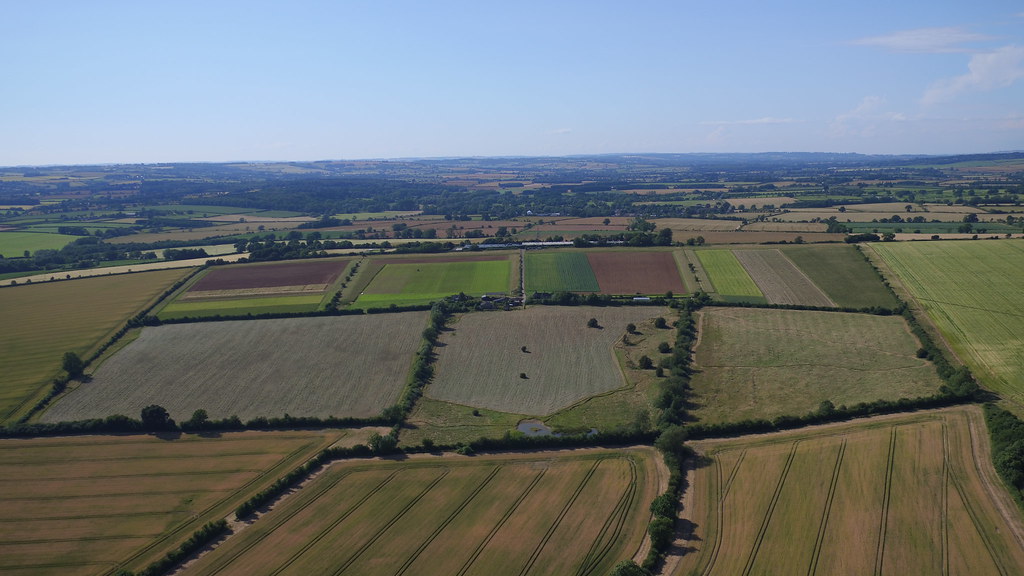Babees
Another straightforward inspection was carried out today; things are looking good all round and we have added an additional super to each hive. The sainfoin is flowering amazingly well and is absolutely full of bees; not just honeybees but many different species, which is quite a sight to beehold!There are always lots of baby bees hatching in a healthy hive, but on this visit it was very easy to see the eggs so it’s the perfect opportunity to show you what they look like! In the photo you can see the eggs, identified by some tiny white specks at the bottom of the cells (we've highlighted them to help you out).
After she has mated, the queen lays eggs in cells which have been polished by the worker bees in preparation, so polished cells can therefore be used as an indicator that the queen is laying eggs or is about to begin laying. You can see how well polished the cells are at Honeydale - look at the reflection from the cell walls! Eggs develop into larvae, initially being fed royal jelly and bee bread (a mixture of honey and pollen, amongst other things) to become worker bees, or pure royal jelly to become a queen bee.
.png)








0 comments: